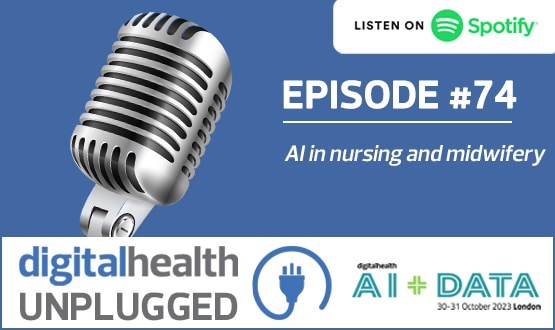Paper weight
- 2 November 2006
 Rob Harteveldt
Rob Harteveldt
Is it me or has the amount of paperwork we are having to complete for our patients doubled, nay tripled in recent times?
Not so long back, documentation was a simple affair comprising an admission form, observation sheet, a care plan and – for the really sick ones – a fluid chart. Nowadays the paper equivalent of a small rainforest hangs at the end of each patient’s bed and I can’t help thinking that we’re spending more time there than by the patient’s side.
From nutritional assessment to phlebitis monitoring, from early warning scores to charts that have diagrams of poo on them. How many charts do we need? It’s not that we’re too posh to wash, it’s more like we’re too busy writing.
In the early days of my nursing career, nutritional assessment was part of basic nursing care and, as far as I know, is still emphasised in today’s training. Sadly the evidence suggests that malnutrition remains a huge problem in hospitals and it may therefore be argued that forms are a way of targeting vulnerable individuals. Poppycock.
If patients are undernourished in hospital, what is really needed is not another piece of paper but rather an investigation into the reasons why nursing teams within those areas function so inadequately as to miss out the most basic of human needs.
Do we need an assessment form to tell us when a patient’s cannula is tissuing or their condition has deteriorated so much that they need an ICU bed?
If the answer is ‘yes’ then we are not the competent, professional practitioners we make ourselves out to be but merely a bunch of form-following sheep with the nursing skills of Donna from Holby City.
Some will argue that users of the NHS have become more litigious, ready to sue at the slightest wrongdoing. Therefore the forms can act as hard evidence that assessment took place. But if the forms were that good, why is there a complaint being made in the first place? Assessment of nutritional or venflon status is one thing; acting upon that information is another.
It is the paperwork in general that forms the basis for this gripe. Weren’t computers meant to cut down on this laborious task?
My own Utopia would be to have computerised password access to a monitor at the patient’s bedside that displays her or his entire medical records. A system where I can access blood results and import them into electronic notes; where I can assess my patient from head to toe at the touch of a button and in a fraction of the time.
Yet even after spending millions on IT wizardry, the NHS remains a mishmash of different databases that can’t or won’t communicate with one another – other than to possibly tell you where the paper notes are located.
To get access to them, however, all you have to do is fill out the form.
Rob Harteveldt is cardiac liaison nurse specialist at Stoke Mandeville. This article first appeared in Nursing Times and is reproduced by kind permission of the editor.




